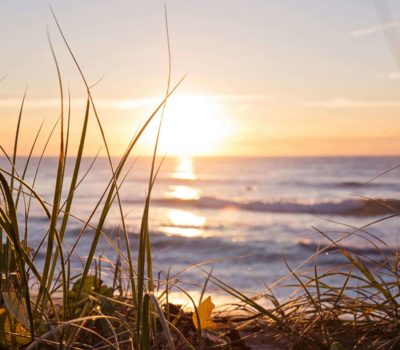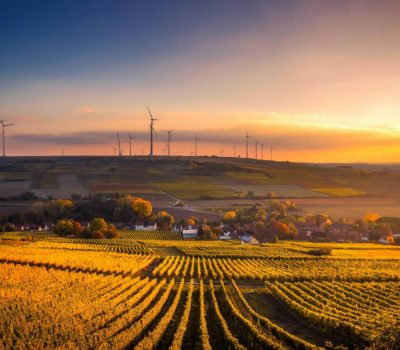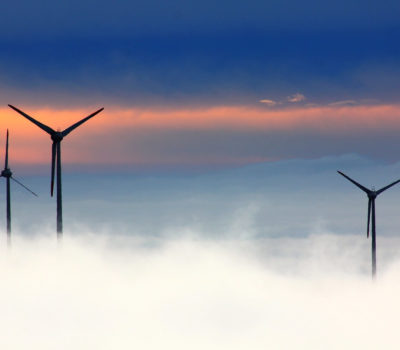Demystifying Wind Industry Terminology: A Comprehensive Guide
The wind industry is a dynamic and evolving sector that plays a crucial role in the transition towards cleaner and more sustainable energy sources.
For those just starting out in the field, the extensive terminology can be overwhelming. Within this blog post, we will explore the world of wind industry terminology to help you navigate this exciting and promising field with confidence.
Anemometer: Instruments used to measure wind speed.
Blade Pitch: Adjustment of a wind turbine’s rotor blades to control the angle at which they intercept the wind.
Cut-in Wind Speed: Minimum speed required for a wind turbine to start generating electricity.
Downwind Turbine: Wind turbine positioned with the rotor facing away from the wind.
Environmental Impact Assessment: Study of a wind project’s effect on the environment.
Fatigue Loads: The cyclic stress on wind turbine components caused by wind-induced vibrations and gusts.
Grid Connection: Process of connecting a wind farm to the electrical grid.
Hub Height: The height of the rotor hub above the ground, where wind turbines capture strong wind.
Inverter: Device that converts the direct current (DC) electricity generated by wind turbines into alternating current (AC) for grid connection.
Joules: A unit of energy that is used to measure the energy output of wind turbines.
Lidar: Light detection and ranging technology used for wind measurements.
Meteorological Mast: Tower equipped with instruments to measure wind speed, wind direction, and other meteorological data.
Nacelle: Housing atop the wind turbine tower containing key components, including the generator.
Offshore Wind Farm: Wind farm located in bodies of water, such as oceans or lakes.
Power Curve: Graph illustrating a wind turbine’s performance across a range of wind speeds.
Quiet Wind Turbine: Technologies designed to reduce wind turbine noise.
Rotor: Part of the wind turbine that captures wind energy and converts it into mechanical energy.
Siting: Process of selecting suitable locations for wind turbines or wind farms.
Tip Speed Ratio: Measure of how efficiently a wind turbine converts wind energy.
Uplift Forces: Forces exerted on the blades and tower by strong winds, such as hurricanes or typhoons.
Vestas: Prominent manufacturer of wind turbines.
Xantrex: Manufacturer of power electronics used in wind energy systems.
Yield Assessment: An evaluation of the energy output potential of a wind farm.
Zero Emissions: The goal of wind energy – producing electricity without emitting greenhouse gases.
Understanding the key concepts and terms in the wind energy sector is essential for professionals looking to contribute to a sustainable future. Speak to our specialists today to kick-start your career in this exciting time within the renewable energy industry.






